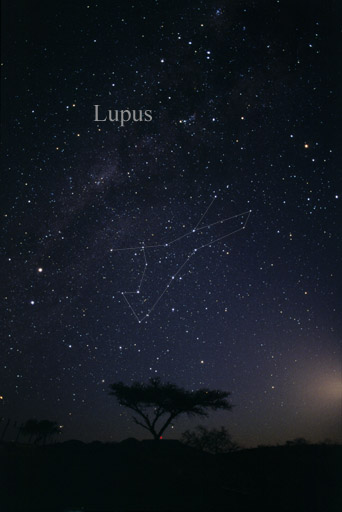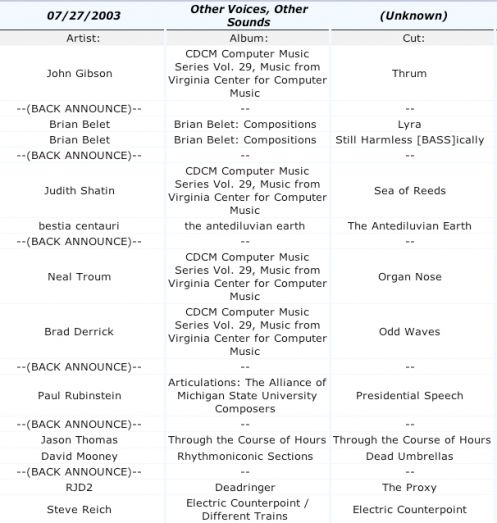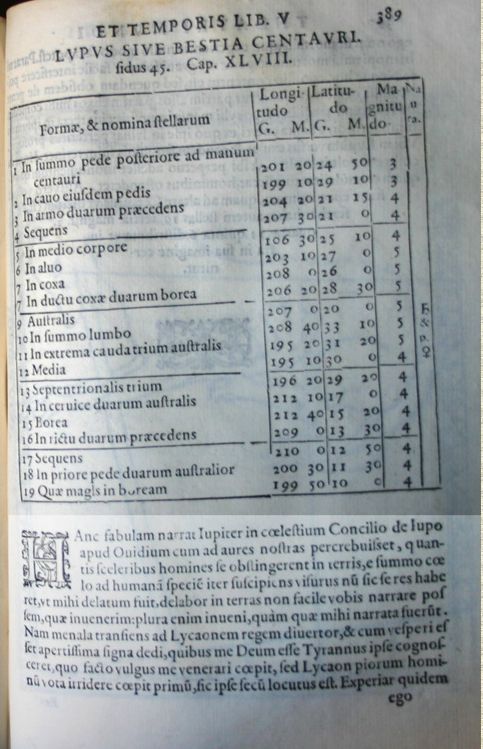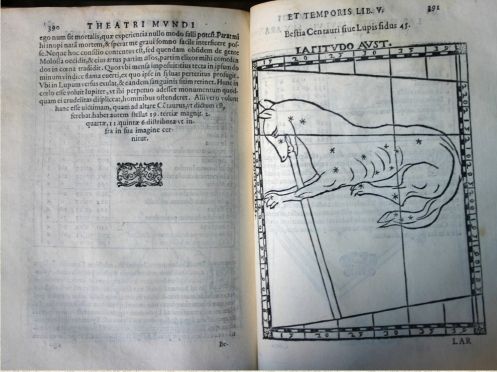Lupus Constellation
Lupus constellation lies in the southern hemisphere, between Centaurus
and Scorpius. Its name means “the wolf” in Latin.
Lupus was first catalogued by the Greek astronomer Ptolemy in the 2nd
century. Even though it is an old constellation, Lupus is not associated with
any myths.The constellation is home to several interesting stars and deep sky
objects. These include the historic supernova remnant SN 1006, the globular
clusters NGC 5824 and NGC 5986, and the Retina Nebula
(IC 4406).
FACTS, LOCATION & MAP
Lupus is the 46th constellation in size, occupying an area of 334 square degrees. It is located in the third
quadrant of the southern hemisphere (SQ3) and can be seen at latitudes between +35° and -90°. The
neighboring constellations are Centaurus, Circinus, Hydra, Libra, Norma and Scorpius.
Lupus belongs to the Hercules family of constellations, along with Aquila, Ara, Centaurus, Corona Australis, Corvus, Crater, Crux, Cygnus, Hercules, Hydra, Lyra, Ophiuchus, Sagitta, Scutum, Sextans, Serpens, Triangulum Australe and Vulpecula.
Lupus contains two stars with known planets and no Messier objects. The brightest star in the constellation is Men, Alpha Lupi, with an apparent magnitude of 2.30. There are no meteor showers associated with the constellation.
Lupus does not contain any formally named stars.
The stars that now form the constellation Lupus used to be part of Centaurus constellation. They represented a sacrificed animal impaled by the centaur. The centaur was holding it toward the constellation Ara, the altar.
The constellation was not associated with any animal in particular until the Renaissance times, when the Latin translation of Ptolemy’s work identified it with the wolf.
NGC 5986 is a globular cluster in the constellation. It is 33,900 light years distant from Earth.
If we were viewing it from the top, it would appear similar to the Ring Nebula (Messier 57) in Lyra constellation.
NGC 5822
NGC 5822 is a large open cluster approximately 6,000 light years from Earth.
It has an apparent magnitude of 10.28. It is located 3 degrees to the southwest of the star Zeta Lupi.
NGC 5824
NGC 5824 is another globular cluster in Lupus. It has an apparent magnitude of 9.09 and is 104,400 light years distant from the solar system.
The cluster is located near the western border with Centaurus constellation. It can be seen in a small telescope, but its stellar core can only be resolved with a larger aperture.
NGC 5749
NGC 5749 is another open cluster in Lupus. It is about 8 arc minutes in diameter and has an apparent magnitude of 11.23.
The cluster was discovered by James Dunlop in 1826.
NGC 5882
NGC 5882 is another planetary nebula in Lupus. It has an apparent magnitude of 9.4.
NGC 5927
NGC 5927 is a globular cluster in Lupus, located near the border with the constellation Norma.
It has an apparent magnitude of 8.01 and is approximately 24,800 light years distant from Earth.
The cluster was discovered by James Dunlop in 1826.









